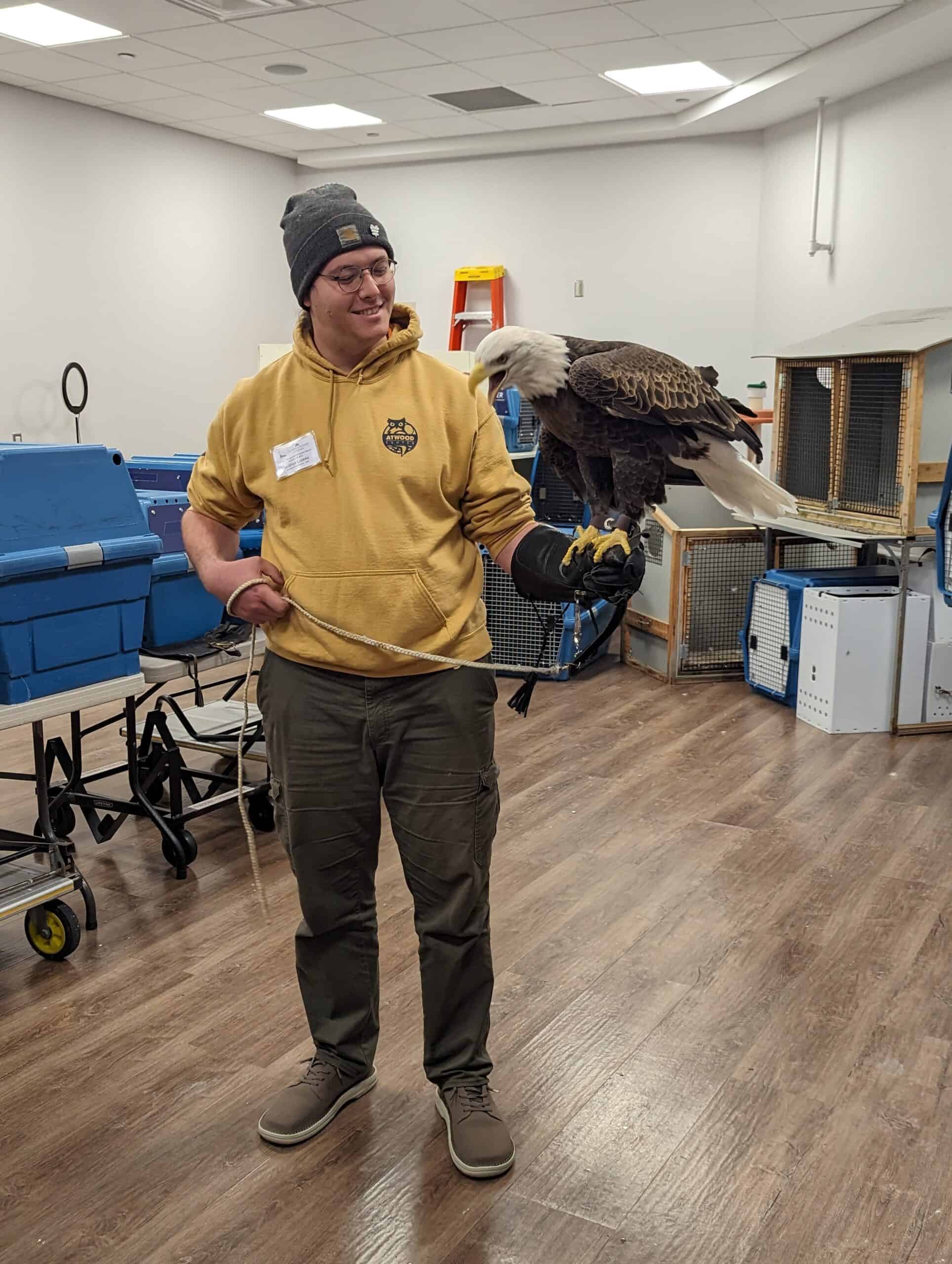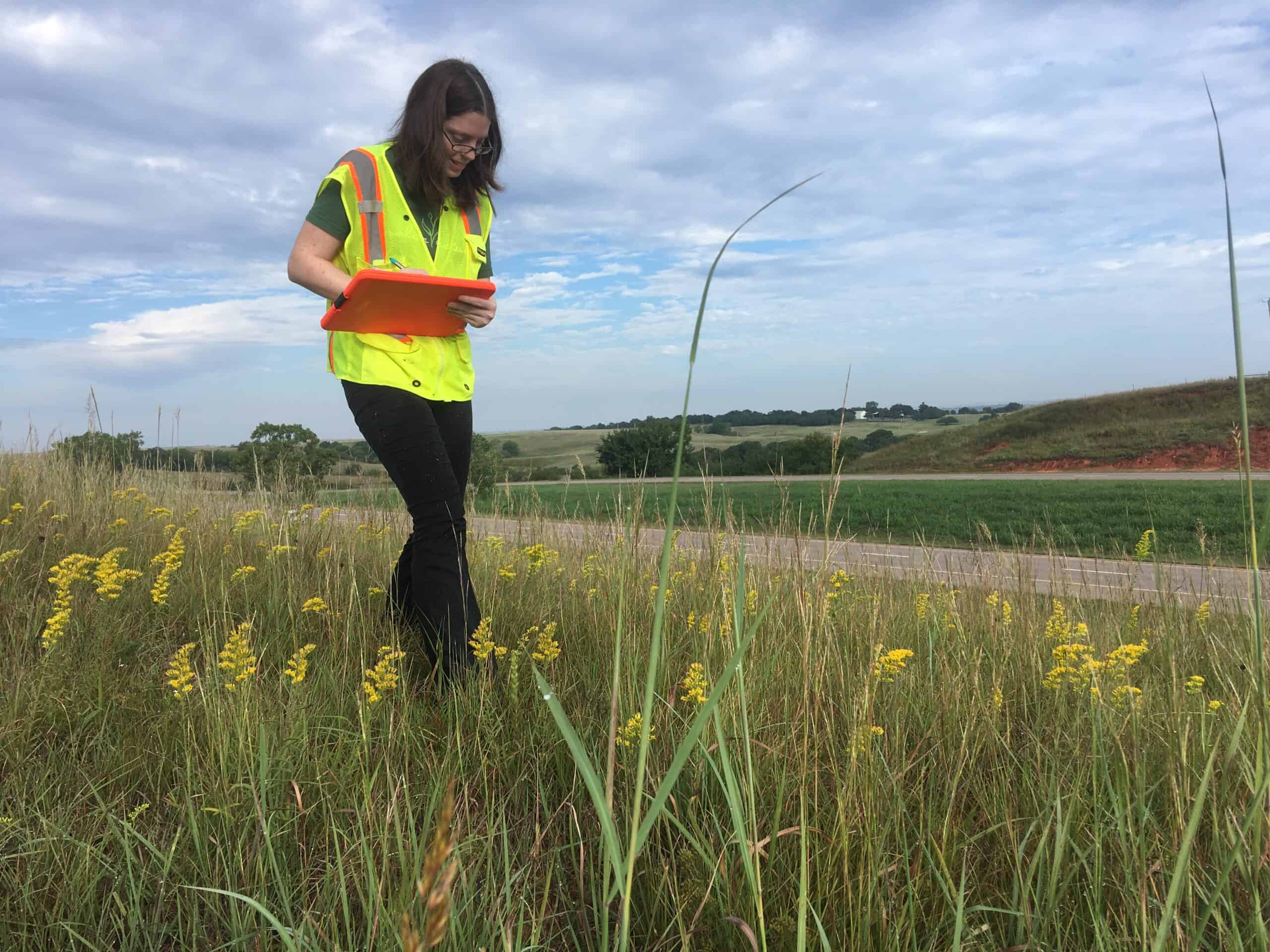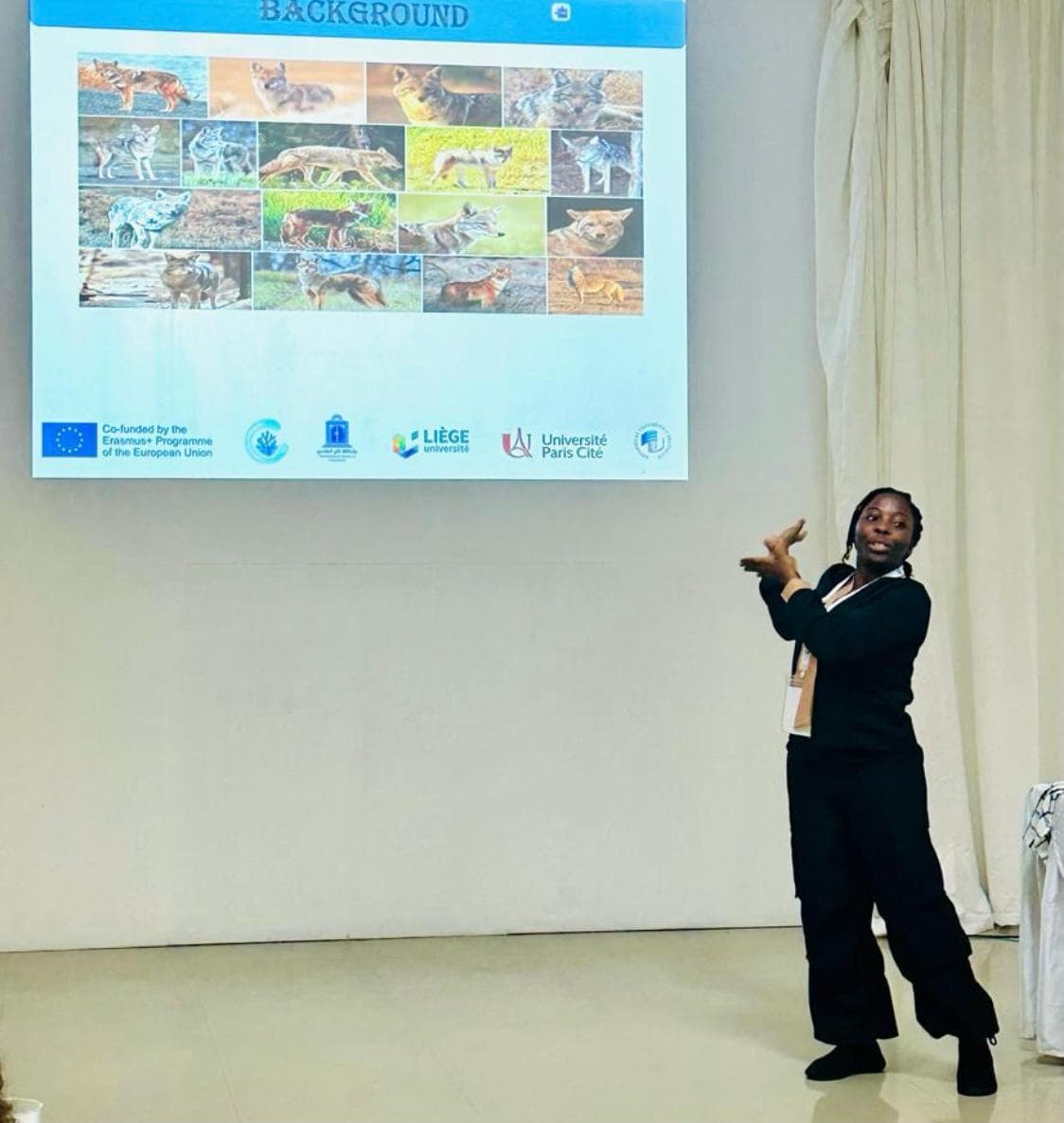Share this article
Wildlife Vocalizations: Kylie Perez
Perez discusses the biggest challenge facing her generation when it comes to wildlife conservation
As an underrepresented woman born in the late 1990s, I believe the most pressing challenges in wildlife conservation are the gaps between gender, generations and diversity. Historically, women have been underrepresented in environmental sciences as they face barriers to entry and advancement, even more so for underrepresented groups of people. Tackling these challenges is crucial for fostering a more inclusive and effective approach to wildlife conservation.
The first challenge involves addressing gender disparities within the field. Women may encounter issues such as unequal access to resources, safety concerns in remote field locations, and limited opportunities. Personally, I have seen women turned down for jobs solely due to the lack of adequate gender-based housing arrangements. Even when preparing for a field season, sourcing high-quality field pants that are made to fit a woman’s body not only correctly but comfortably with the same durability as men’s, proves to be a challenging task. Yet, I have encountered some of the most resilient and determined women right here in this field of work. Our strength has been forged through overcoming challenges, asserting our presence, and affirming our place. Addressing this significant impact that women can have is crucial to holistic conservation efforts.
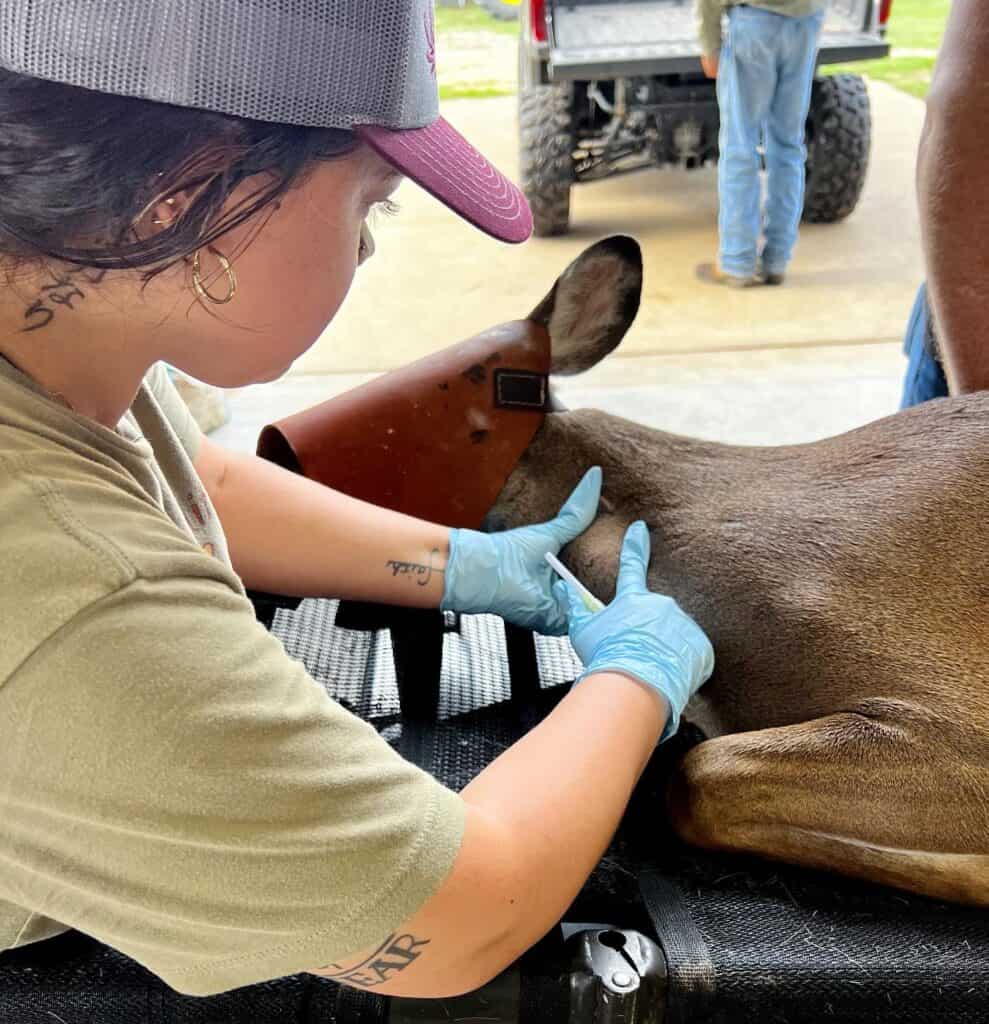
The second challenge is bridging the generational gap. Education and mentorship are designed to encourage other generations to achieve success and learn valuable lessons. Modern technology plays a huge role in generational disparities, with younger generations raised in an extremely interconnected world. The younger generation exhibits a natural fluency with modern technology, whereas the older generation faces a considerable learning curve. We should embrace tools like artificial intelligence for multiple aspects of research as the next step. Recognizing the strengths and experiences of each generation to work together will influence a stronger connection.
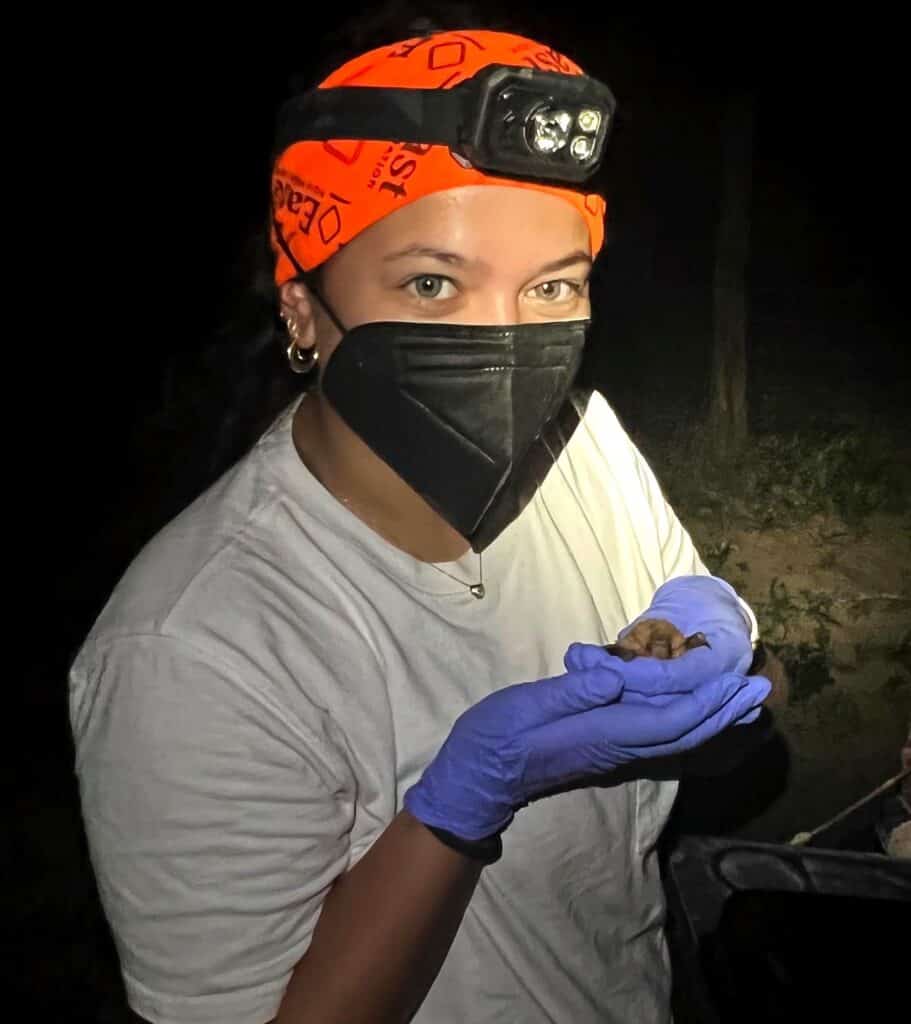
The final challenge is narrowing the diversity divide. The diversity gap encompasses issues related to race, ethnicity, gender, socioeconomic background and other factors. Underrepresented groups, including people of color and Indigenous communities, are often insufficiently represented in leadership roles. Leadership position access has been dominated by white males (Cech 2022), limiting diverse voices for solving the world’s pressing issues. This lack of diverse perspectives and cultural insights hinders the development of inclusive and culturally sensitive conservation strategies. By promoting diversity in leadership and integrating different perspectives, we can contribute to a more inclusive and effective approach to conservation and management.
There is great momentum in bridging these divides, yet the call for continuous effort to break down these barriers and advocate for equal opportunities is needed for comprehensive and, most importantly, sustainable solutions. Those in this field have a drive that propels us to seek information using all available resources. We are hungry for knowledge, fueled by a desire to inspire those around us as we embark on a journey to make the planet a better place for all.
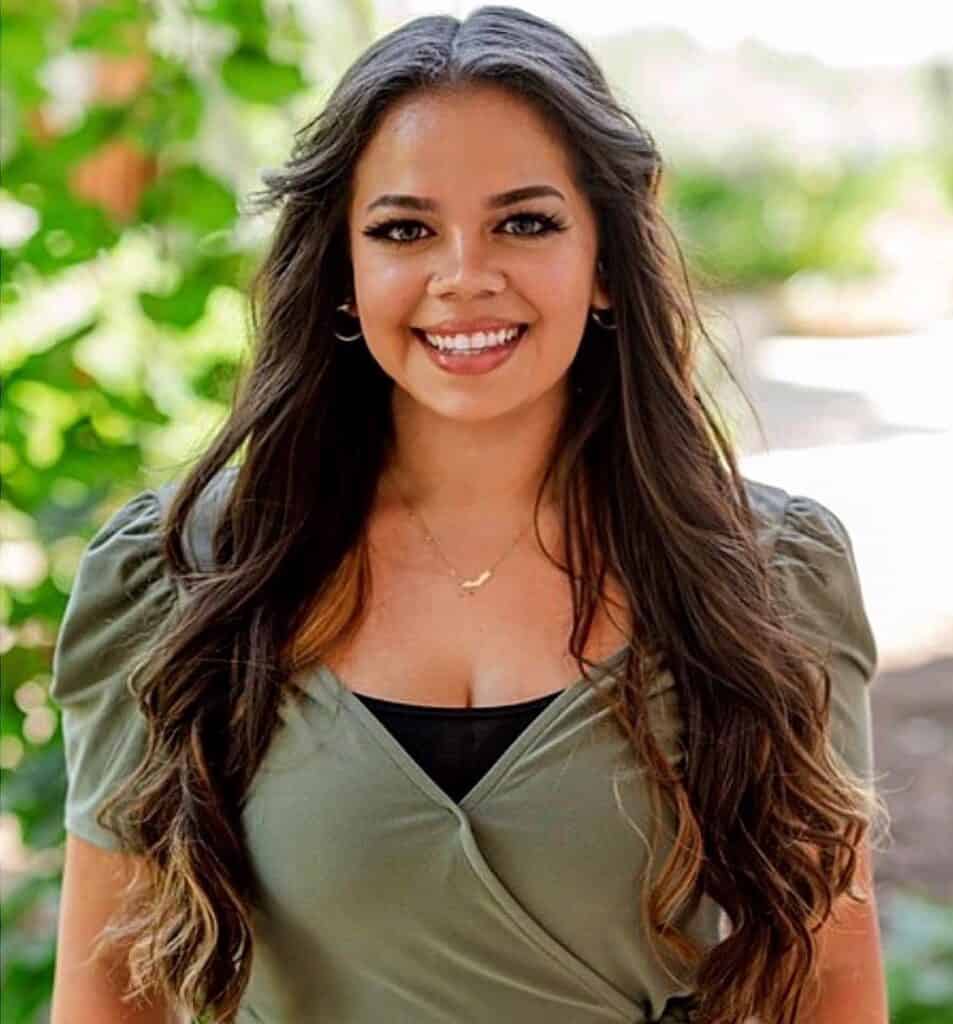
Wildlife Vocalizations is a collection of short personal perspectives from people in the field of wildlife sciences. Learn more about Wildlife Vocalizations, and read other contributions.
Submit your story for Wildlife Vocalizations or nominate your peers and colleagues to encourage them to share their story.
For questions, please contact tws@wildlife.org.
Header Image: Perez holds a tortoise during a study looking at the effects of prescribed fire on the state-threatened Texas tortoise on the East Foundation Ranch in South Texas in June. 2022. Credit: Camryn Kiel






